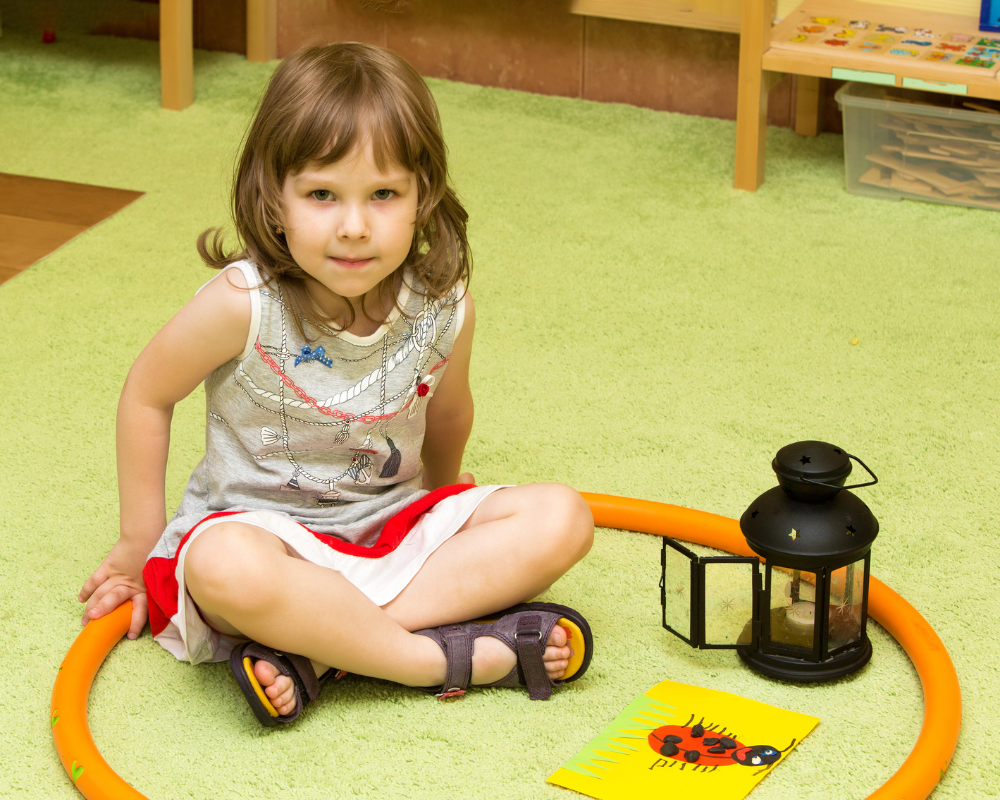5 Clues to Help You Understand Your Child’s Behavior
What if your kid’s meltdown wasn’t drama—but a clue? These five tiny shifts can help you decode the chaos.
Behavior is communication. Always.
When kids act out, melt down, or withdraw, it’s rarely just about what it seems. It’s their way of saying, “I need something!” But figuring out what they need? That’s the tricky part.
These five clues can help you decode the message behind the behavior—so you can respond with empathy instead of frustration.
TL;DR
Before you correct the behavior, try to understand what’s driving it. These five clues help reveal the unmet needs beneath the surface.
Make a Moment
Let’s be honest—when kids are dysregulated, it’s easy to go straight to consequences, correction, or confusion. But sometimes all it takes is a pause, a quick scan of the situation, and a little curiosity.
Here are five clues that can make all the difference:
1. Hungry, Thirsty, or Tired
Kids running on empty don’t have access to their best selves. A simple snack, sip of water, or a rest can completely change the vibe. One of my girls would get snappy and withdrawn at the end of the day, and nine times out of ten, a glass of water shifted things. At the very least, it’s hard to be grumpy while drinking.
2. Frustrated by a Lack of Skills
Sometimes it’s not about effort—it’s about ability. Whether it’s tying shoes or managing sibling squabbles, frustration shows up when a skill is just out of reach. Can you break it down? Can they get a win before the next challenge?
3. Craving Connection or Attention
When a child feels disconnected, they’ll find a way to get your attention. And if they’re not getting it positively, they might seek it through misbehavior. Five minutes of focused, judgment-free attention can work wonders.
4. Feeling Like They Need More Control
Power struggles often start when a child feels powerless. Offering even small choices—red jacket or blue? Homework before or after snack?—can restore a sense of agency. And sometimes, letting your tween learn from their no-jacket decision on a cold day is the real win.
5. Overwhelmed or Anxious
Big feelings show up in small behaviors. Your child won’t say, “I’m struggling with my coping skills.” But they will act out, shut down, or spiral. Don’t dismiss the outburst—decode it.
TL;DR
Behaviors aren’t random—they’re messages. These five clues help you see what your child might be trying to tell you without words.
Why It Works
The key to all of this is shifting from reaction to reflection.
When we assume behavior is a deliberate challenge or defiance, we miss what’s underneath. But when we pause and ask, “What’s really going on here?”—we move into problem-solving and connection.
Understanding doesn’t mean excusing. But it does allow us to parent more effectively—and more compassionately.
[Start with Curiosity]
You don’t have to get it right every time. Just start noticing the patterns. You’ll be amazed how often one of these five clues explains everything.
TL;DR
Curiosity cracks the code. When you seek to understand instead of control, you create more room for growth, trust, and emotional safety.
Final Word
Your child’s behavior isn’t the problem to fix—it’s the clue to follow. And when you follow it with curiosity and care, you don’t just change the behavior—you deepen your relationship.
Like what you're reading?
Grab my book, The MicroStep Method for the Overwhelmed Parent: Small Moments, Big Impact, for the entire collection of MicroSteps.




